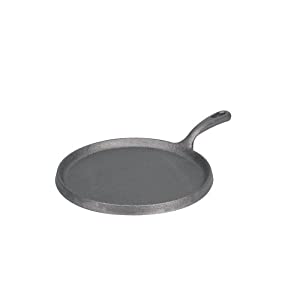Hey rico, I'm not sure what you mean by "nice dodge". I'm not trying to dodge anything. The cleaner formula you posted is fine, but it is dangerous to mix an use. You are still mixing acid into water, you know, there is no avoidance of that. Check your formula again.
People should know what they are getting into. This glass cleaner is carcinogenic and corrosive. Here is an MSDS for a cleaner of this type:
ACID - DICHROMATE CLEANING SOLUTION
I do something simpler. It is a weaker glass cleaner and less effective, but it's safer to mix and use than standard "chromic acid" cleaner. On the other hand, it's adequate for the types of contaminants left by darkroom chemicals, and it is easier to rinse out.
I mix 9.5 grams of potassium dichromate in a liter of water, then add 35 ml of battery acid (35% sulfuric acid), stirring constantly. If using concentrated sulfuric acid, use 12 ml. Always add acid to water. Wear nitrile gloves, eye protection, skin protection, lab apron, old clothes, and preferably a fume hood or mix outdoors.
Yes, you can use concentrated sulfuric acid, but greater precautions are necessary because the reaction with water is exothermic.
To be honest, the acid dichromate glass cleaner is dangerous to mix and use, carcinogenic, corrosive, contains hexavalent chromium, is bad for the enviroment if disposed of improperly, and most likely unnecessary for this application.






